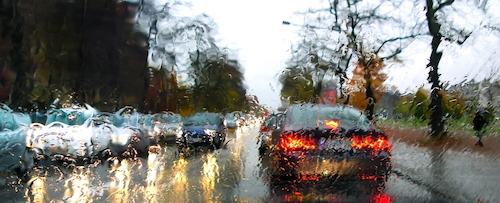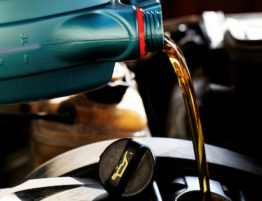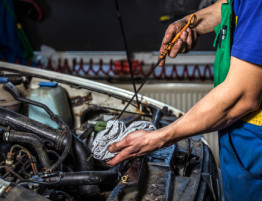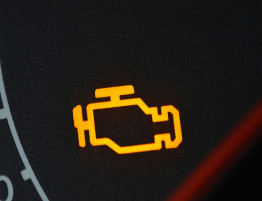
In spite of a few chilly days and gray skies, spring has finally settled in for Houston. Unfortunately, it’s not all good news which we can all attest to given the recent flooding we’ve experienced. April to June are always the rainiest months of the year, averaging a total of 14.1 inches of rain. No matter how experienced you are behind the wheel, rainy conditions are among the most dangerous to drive in. Over 1.5 million rain-related accidents occur each year, and those are just the accidents that get reported! That said, there are steps you can take to minimize the danger.
Protect Your Vision
Aside from flooding, reduced visibility is the biggest danger associated with driving in the rain. To keep your sight as clear as possible, consider having your wiper blades replaced—especially if they are leaving excessive streaks that interfere with your vision. For an added layer of security, invest in a windshield treatment product like Rain-X or Aquapel to help deflect rain and improve visibility.
Inspect Your Lights
Even during the daytime, one of the most effective means of cutting through the rain is to use your brights, and turn your hazards on to increase visibility to the drivers behind you. To avoid a dead bulb in a particularly heavy storm, have your lights inspected if it has been a while since you had them replaced.
Drive on the Right Tires
Not all tires are well-suited for driving in the rain. While having your tires thoroughly inspected prior to rainy season is already a good idea, if you’re in the market for new tires altogether, there are a few traits you should keep your eyes out for:
- Longer Grooves: When shopping for rain-ready tires, pay special attention to the tread lines, and make sure that they wrap long ways around the tire. This helps your tires to rid themselves of water, and retain good traction in wet conditions.
- Narrower Contact Patch: Contact patches are the part of your tire that touch the road and carry the weight of your vehicle. Having a narrower contact patch decreases the surface area against the road, thereby greatly reducing your risk of hydroplaning.
- Softer Rubber Compound: All tires are made from various rubber compounds, but tires with a softer composition will have a better grip in wet conditions.
Have the Right Tools on Hand
Even with your car fully tuned up, pouring rain can still lead to disaster. In the worst case scenario, it’s always good to have some extra tools handy until help arrives.
- LED Flares: Getting stranded in the rain is a dangerous situation, especially at night. While conventional flares won’t exactly work in the rain, Accutire makes a fantastic emergency car tool that acts as an LED flare, a tire pressure gauge and an emergency escape hammer ideal for when you are trapped in a flood.
- Portable Phone Charger: Being stranded without any access to emergency services is one of the most dangerous driving scenarios of them all. Avoid this situation by investing in a portable battery charger and keep your phone ready to assist even if your car is dead.
Let Dillon’s Help You Weather the Storm
Whether you’re in the market for repairs and upgrades, or simply need an inspection to make sure everything works the way it should, the team at Dillon’s automotive is here to help. As a proud, family owned business, you can trust us to deliver only the most honest, and highest quality service possible. Contact us to let us know how we can help, and we’ll make sure you’ll hit the road safely.



